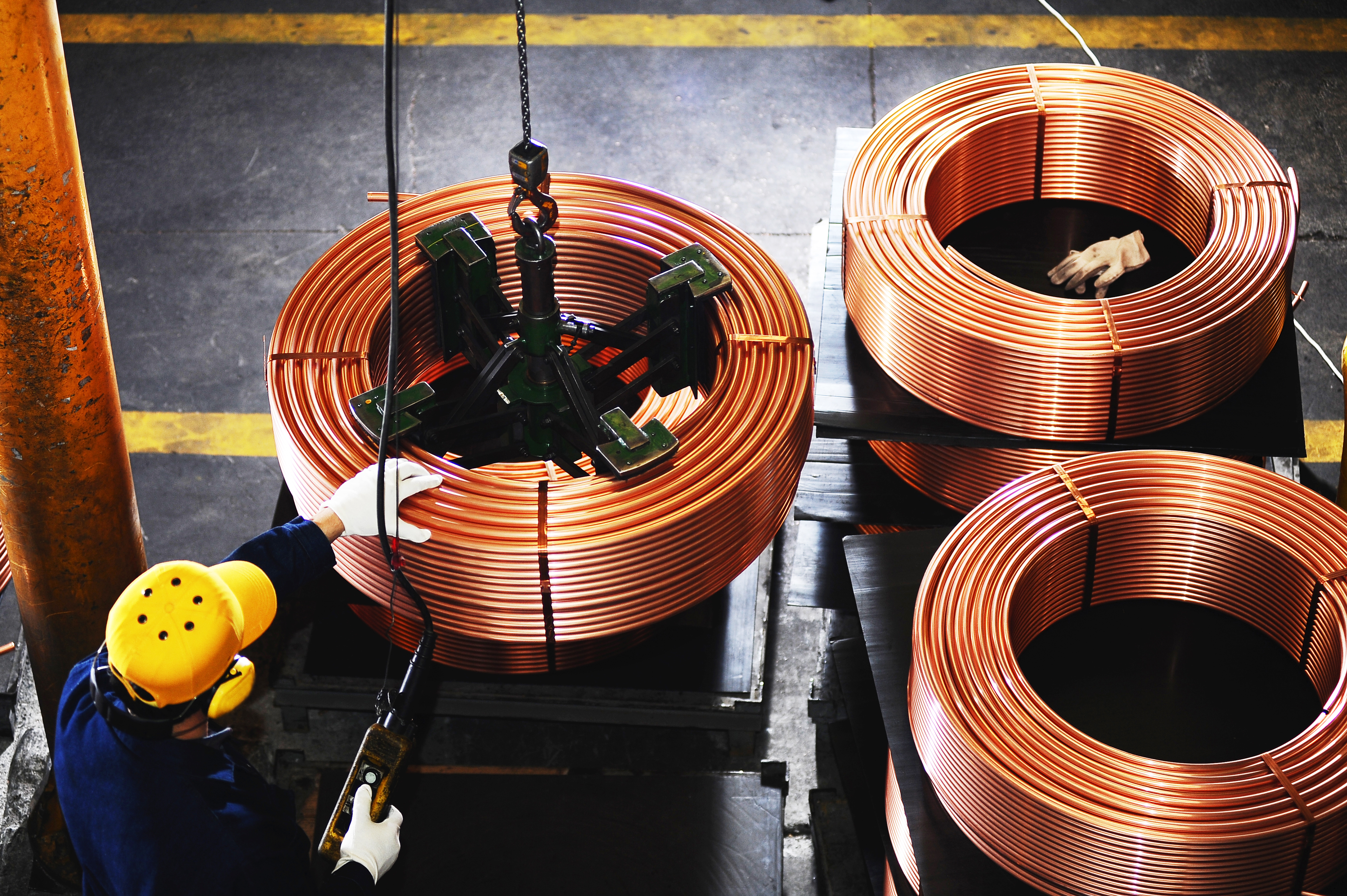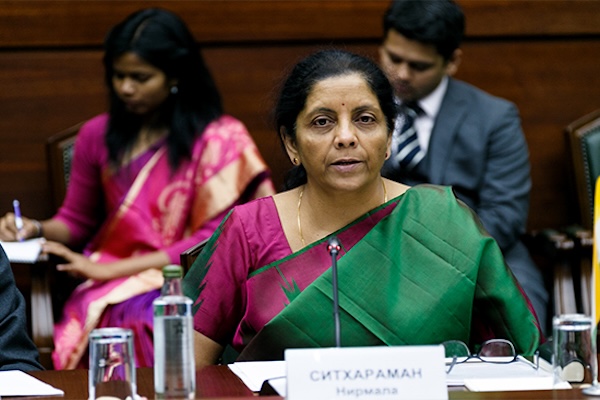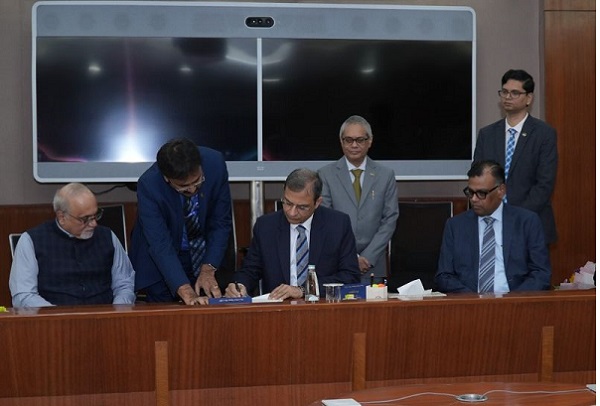.png)
July 31, 2025 at 9:34 AM IST
The US will impose a steep 50% tariff on imports of semi-finished copper and copper-based products starting August 1. The decision, announced under Section 232 of the Trade Expansion Act, aims to reduce foreign dependence and protect domestic copper supply for sectors like defense, energy, and infrastructure.
However, policy think-tank Global Trade Research Initiative sees this protectionist measure as one that may ultimately backfire. Copper is central to modern manufacturing—from electric vehicles and power grids to semiconductors and defense electronics. A sudden spike in copper input costs threatens to disrupt supply chains, raise prices, and slow production across these industries, GTRI warns.
While the tariff is intended to revive domestic copper smelting, the US currently lacks the scale and speed to meet its industrial demand locally. With the levy applying to all countries, American manufacturers will be left grappling with higher costs and fewer sourcing options. Ironically, this could weaken the US position in the very sectors it seeks to safeguard, according to GTRI.
For India, the impact is limited. The country exported about $360 million worth of copper products to the US in 2024–25, including tubes, plates, and other semi-finished goods. These will now face higher costs, but so will competing exports from Japan, the EU, and other nations. Since the tariff is non-discriminatory, Indian exporters do not face a country-specific disadvantage.
More importantly, India is a net copper importer. It brought in $14.45 billion of copper products in 2024–25, sourced mainly from Chile, Indonesia, and Australia. The US does not play a central role in India’s copper supply chain. India also imported $288 million worth of copper scrap from the US, a flow that may now reduce if American suppliers hold back exports or redirect scrap for domestic use.
In short, while some Indian exporters may lose competitiveness in the US market, the country’s overall trade exposure remains modest, GTRI assesses.
The US policy reflects a contradiction. It tries to shield a narrow upstream sector—copper smelting—while burdening much larger downstream industries. From clean energy to electronics, these sectors rely on global copper supply to remain cost-competitive. The 50% tariff raises their input costs, making US-made products less competitive globally. GTRI notes that this undermines the broader goal of strategic autonomy.
By contrast, India adopts a calibrated tariff structure: 2.5% on copper ore, 5% on refined copper, and 10% on selected copper articles. This approach balances the need to protect domestic players without hampering industrial users.
According to GTRI, the US move risks broader economic costs with uncertain strategic returns. It adds inflationary pressure, undermines industrial output, and could delay key energy transition projects. While meant to bolster national security, it could make critical sectors more vulnerable.
Instead of fostering domestic resilience, the US risks triggering internal inefficiencies, GTRI argues.
For India, the immediate concern is limited. But the tariff sets a precedent. As critical minerals become the focus of global competition, such measures could fragment supply chains and push countries toward bilateral trade blocs, undermining open-market norms.





